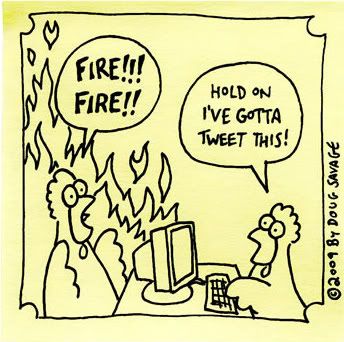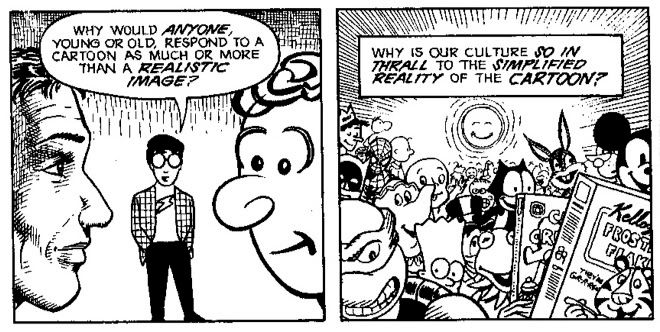
"Variable Wedge" is a sculpture by Sam Richardson that was constructed from 1982 to 1983. It is a part of the Sheldon Sculpture Garden at the University of Nebraska and is located on the southwest corner of the downtown campus. Adjacent to Architecture Hall, this unimposing art object is nestled in the shadow of the Westbrook Music Building and blends into the leave-strewn ground. The seven pieces of steel that make up this abstract sculpture almost appear to be a series of benches, since they only stand about three feet tall. What initially caught my eye were the splashes of orange, blue, yellow, and purple along the almost 50-foot span.
It was fashioned from COR-TEN steel and is accented with various colors of enamel paint. This type of steel is also known as "weathering steel," and is an alloy that has been designed to display a rusty patina when exposed to the elements (Wikipedia). The enamel paint used to treat this art work has prevented it from forming such a surface. Although Richardson has created over twenty sculptures, this is the only one cast in a material other than plastic. This was completed after he had "investigated new technologies offered by plastics to create ... landscape 'sculptures' " (Sheldon Art Gallery Brochure).
Because this art work is abstract, the title plays an important role in unlocking some of the meaning. Variable is used to describe something that is "subject to variation or change" (Merriam-Webster Online). From a distance, this sculpture appears to be one continuous structure. As the viewing distance decreases, however, the perspective is forced to change, and the inconsistencies in the form become more apparent. Wedge is used to describe a material that is tapered for the purpose of "being driven into something" or "causing breach or separation" (Merriam-Webster Online). To interpret this title in a literal sense, this wedge-shaped material is breaching the flat landscape.
As this is an abstract work of art, the rhetorical appeals that are evidenced by the art work are somewhat vague. There is possibly an appeal to logos by the arrangement of both contrasting and similar elements within the seven pieces that make up the sculpture. The title, "Variable Wedge" is evidence of this difference, as each pieces is different from the last. There is also repetition among the parts of this art work. The shape, a wedge, remains constant, as well as the colors used to accent the gray-colored steel. The artist obviously took into account the alignment of the elements, which speaks to the structure of the composition.
I'm curious as to whether the artist employed any other rhetorical strategies. For example, was a visual analogy used that relates this art work to some other object? Does the material that he used relate directly to a social or cultural context? Why did the composer choose to work with steel when he had a history of working in plastic? What type of emotional response did the artist want to evoke when he chose the colors that accent the gray the sculpture. Color choice is usually deliberate and used to appeal to pathos. There is balance in the colors as blue and purple are cool colors and orange and yellow are considered warmer colors. Yellow and purple as well as blue and orange are also complementary colors, since they are opposite each other on the color wheel. Upon further investigation, I will be able to unpack the artists argument as well as his purpose in creating such a work.
Works Cited
"Sheldon Memorial Art Gallery and Sculpture Garden." Brochure. Lincoln: A to Z Printing.
"Variable." Merriam-Webster Online Dictionary. 2009. Merriam-Webster Online. Accessed 18 Nov. 2009 from http://www.merriam-webster.com/dictionary/Variable.
"Weathering Steel." Wikipedia. Web. Accessed 16 Nov. 2009 from http://en.wikipedia.org/wiki/Weathering_steel.
"Wedge." Merriam-Webster Online Dictionary. 2009 Merriam-Webster Online. Accessed 18 Nov. 2009 from http://www.merriam-webster.com/dictionary/Wedge.






